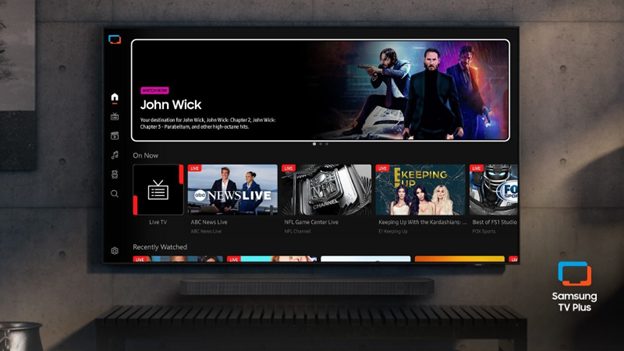FCC Releases Details of DBS Hi-Def Order
The FCC released its 35-page order, officially adopted March 19, laying out the local high-definition obligations of DBS providers after the February 2009 end of full-power analog TV broadcasting.
The order extends the local “carry-one, carry-all” mandate into HD, so that satcasters must carry all the local HD channels in any market where they carry one local HD channel. By Feb. 18, 2009, they have to carry local HD in 15 percent of the markets where they offer local stations—a level already reached by EchoStar and DirecTV—ramping up to 100 percent of their markets by February 2013.
“We find the satellite carriers’ proposal to be reasonable and technically sound,” the commission said in the order. “Satellite carriers have documented in the record that immediate HD carriage requirements would slow the rollout of HD markets and limit the number of markets that can be launched.”
The order noted that unlike cable, which gains available bandwidth with the end of analog, satellite operators will have to consume much more bandwidth to transition from standard-definition to HD or a combination of both.
“Advanced technologies such as 8PSK modulation, DVB-S2, and advances in digital compression technology, such as MPEG-4 AVC/H.264 and Windows Media Video 9, could potentially increase satellite capacity,” the order said. “However, these likely improvements will be unable to compensate for the inherent differences in the nature of the transition from standard to high definition programming for satellite carriers.”
Democratic Commissioner Michael J. Copps, noting that EchoStar and DirecTV had told the FCC about the technical impact of a local HD requirement back in 2003 and 2004, said slow FCC action resulted in the phase-in.
“Had we taken proactive steps then, we might find ourselves in a very different factual circumstance than we find ourselves today,” Copps said in a statement.
Copps noted that DirecTV launched its DirecTV 11 satellite March 19 and is scheduled to launch DirecTV 12 in 2009 without the new order to guide them.
“The spot beams for these satellites have all been designed and cannot now be changed. Thus, DirecTV asserts—and EchoStar makes a similar case—that it must design, build and launch at least one additional satellite in order to comply with today’s HD mandate—hence the four-year timetable,” Copps said. “Had we acted earlier, could DirecTV and EchoStar have designed their satellites differently in order to permit full local HD carriage before 2013? We may never know. One thing we do know is that, by waiting to act, we have rendered the question moot.”
Broadcasters will have until Oct. 1 to decide whether to negotiate retransmission agreements with satellite providers or to request mandatory carriage for the three-year period starting Jan. 1, 2009.
Broadcasters will have to get their signals to the satcasters’ local receive facility at -61 dBm or stronger, the same requirement for delivery to cable headends.
If satellite providers carried local broadcasters’ HD signals only, subscribers without HD-capable set-top boxes would lose that programming. So, the commission is seeking additional comment on whether to extend the local “carry-one, carry-all” policy to standard-definition as well as HD. “That is, we seek comment on whether the Act would prohibit satellite carriers from carrying some broadcast stations in both HD and SD but not others,” the order said.
It also seeks comment on whether satellite operators could use a dual reception antenna system. DirecTV has suggested a DBS-ATSC hybrid system for viewers in the smallest local markets, a solution opposed by broadcasters.
“The FCC strikes an appropriate balance to reach its public policy goals, while recognizing satellite’s unique infrastructure and capacity challenges,” a DirecTV spokesman said.
The professional video industry's #1 source for news, trends and product and tech information. Sign up below.
